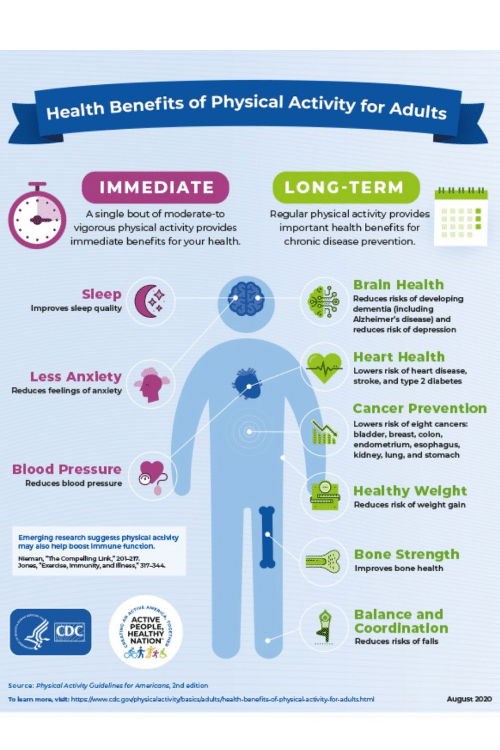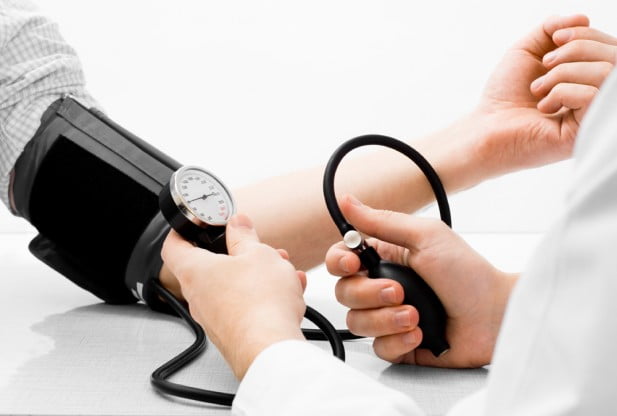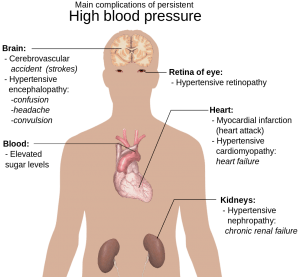Hypertension: The Most Comprehensive Guide to Understand and Manage It
Table of Contents
What is Hypertension?
High blood pressure or hypertension is a condition in which the force of blood pushing against our arterial walls exceeds normal. Hi, I am Dr. Rao and I am here with a new article on managing high BP, that is hypertension. How about listening to this article while scrolling down? Just click the audio button below-
This increased pressure may strain your heart, but also narrows the supply of blood to other organs and tissues. Left untreated, high blood pressure can lead to life-threatening complications such as an acute stroke.
High blood pressure is, however, a silent killer as many people have no symptoms until it has progressed significantly.
If left undetected and untreated, high blood pressure can cause serious damage to your body with possible deadly consequences.
Fortunately, most cases of high blood pressure are easily preventable or treatable. In this article, we will explore everything you need to know about hypertension – its causes, symptoms and treatments.
What is normal blood pressure?
Normal blood pressure varies from person to person, but the average is 120/80 mmHg (or millimeters of mercury).
The first number, 120, is the systolic blood pressure while the second number, 80, is the diastolic blood pressure. When you have your blood pressure checked, you will be given two numbers – one number is systolic pressure and the other diastolic pressure.
The importance of knowing your blood pressure
Blood pressure varies throughout the day, so it’s important to have it checked at different times. Blood pressure can rise with emotion (such as during an argument), physical activity and even hot weather.
The best time to have your blood pressure checked is when you are relaxed and have not eaten for at least three hours. Blood pressure should also be checked when you are at rest, as this is when it is at its lowest.
Taking your blood pressure regularly is an easy and affordable way to monitor your health and identify any changes before they lead to more serious health problems such as heart attack or stroke.
You can track your blood pressure at home or with an app or device. You may want to share your results with your doctor – those who track their blood pressure are more likely to reduce their risk of heart disease.
How to check your blood pressure at home
There are several ways to check your blood pressure at home. The easiest way is to use a sphygmomanometer – a blood pressure monitor device. You can also purchase an automatic blood pressure monitor.

There are also blood pressure apps available. Make sure you follow the instructions carefully and use the correct blood pressure cuff size. Ideally, you should check your blood pressure once a week.
You can purchase this instrument by clicking on these links depending upon which country you live in-
Ways to control high blood pressure naturally
High blood pressure is often a symptom of an unhealthy lifestyle. To control your blood pressure, it is important to make lifestyle changes. These include:
– Eating a healthy diet – A healthy diet reduces the risk of many diseases, including cardiovascular diseases and high blood pressure. It is important to eat a balanced diet that is rich in vegetables, fruits, whole grains, legumes, fish and low-fat dairy products. Avoid foods high in sugar and salt.
– Maintaining a healthy body weight – Excessive body weight is a risk factor for high blood pressure. To maintain a healthy weight, it is best to eat a healthy diet and exercise regularly.

– Getting enough sleep – Getting enough sleep (7-9 hours) is important for your health and well-being. Sleep deprivation can lead to a number of health problems, including high blood pressure.
– Managing stress – Stress is often the result of poor diet, lack of exercise and insufficient sleep. It is important to find ways to manage stress in your daily life.
How to identify the cause of high blood pressure
High blood pressure can be caused by several factors. You can identify the cause of your high blood pressure by taking a few simple tests.
These tests include:
– Blood tests – A blood test can reveal any underlying conditions such as diabetes or kidney disease. These tests include Lipid profile and Renal profile.
– Heart scan – An electrocardiogram (ECG) is a safe and non-invasive heart scan that can identify abnormalities in the heart.
– Chest X-ray – An X-ray can reveal lung diseases that can cause high blood pressure. In hypertension, the size of the heart increases.
– Urinalysis – A urinalysis can diagnose urinary tract infections and passing of proteins- another indicator of kidney disease.
– Vision and hearing tests – A vision and hearing test can rule out any eye or ear conditions that can cause high blood pressure. Eyes, especially retina, will show changes if BP is not well controlled. This is called Hypertensive Retinopathy.
– Examination – During your examination, your physician will take your blood pressure. They can also feel the pulse in your neck, abdomen and legs. They will examine you for any abnormal signs and symptoms.
– Echocardiogram – An echocardiogram (an ultrasound of the heart) can reveal heart abnormalities that cause high blood pressure.
– Intravenous pyelogram (IVP) – An intravenous pyelogram is a test used to find abnormalities in the kidneys and urinary system.
High blood pressure medications
If your blood pressure is high, your doctor might recommend you take medications to control it. It is important to understand the risks and benefits of high blood pressure medications.
There are different types of high blood pressure medications. You can also combine drugs from different categories to achieve the best results.
It is important to take your medications as prescribed and follow the recommended dosage. I will touch upon this in my later post.
Why is hypertension so important?
In my early days as a student of Medicine and later on as a practicing physician, I came across different presentations of a hypertensive patient. I would like to share a few of these experiences-
A] I was in the second MBBS and attending my ophthalmology clinic when we were called upon to see a patient who complained of a sudden loss of vision. We were told to check his B.P.—it was 220/120 mm of Hg. He had suffered from a condition called hypertensive retinopathy.
B] In the early days of my practice I got a call one early morning that one person had collapsed and was unable to move his right-side limbs and had a severe headache. This person had suffered a stroke due to intracranial hemorrhage. His B.P. was 150/110 mm of Hg.
C]Another case visited my home in the early morning [at about 2.30 a.m.] one day with c/o pain in the neck and feeling uneasy. His B.P was 90/60 mm of Hg and had irregular heartbeats. This patient had suffered a heart attack.
D]A patient was brought in my clinic one day with c/o severe weakness and headache. His B.P. was 160/110 mm Hg, his pulse was weak, had swelling of the feet and was overweight. His breathing was labored and was unable to walk without support. Blood investigations and sonography was done which revealed that he had chronic kidney failure.
What are the effects or complications of Hypertension?
So, in short, blood pressure can cause many illnesses. The illustration below will show its complications: –
Conclusion
Hypertension is a common condition that people don’t talk about enough. There are easy ways to check your blood pressure at home without needing to visit the doctor’s office. The best way to prevent and control hypertension is to have a healthy lifestyle.
In my next blog, I will be explaining more about hypertension and ways to control it. To know more about Hypertension and its effect, click here.
Disclosure
Some of the links in this article are affiliate links. i.e., if you sign up for their paid program or make a purchase, I will get a commission, at no extra cost to you. Please be rest assured that I only recommend software/ products I genuinely believe in, and trust to be good for you too.

